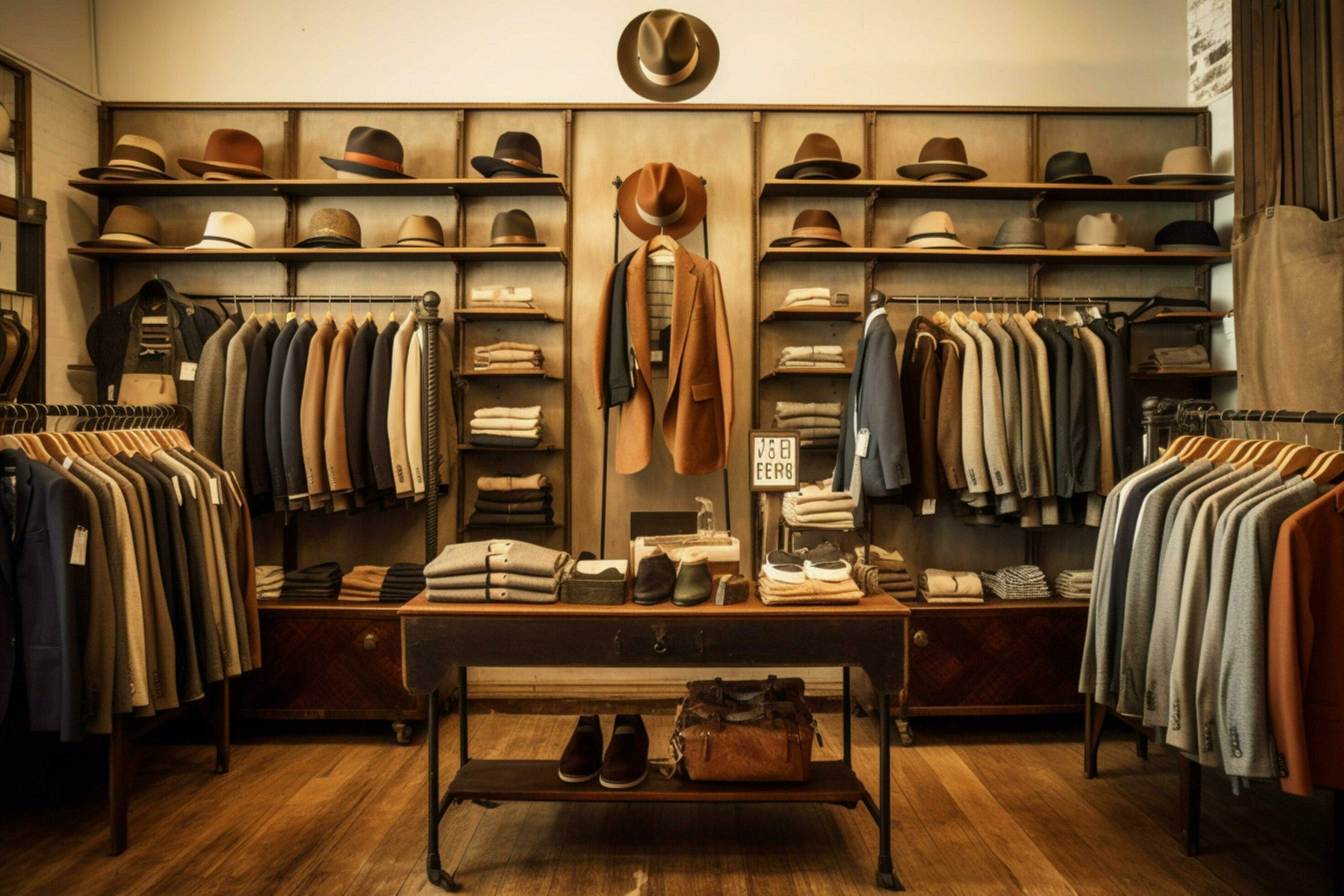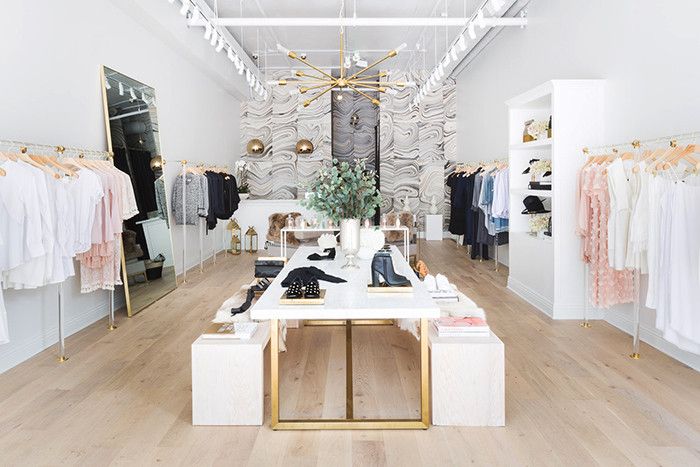Exploring the Advancement and Effect of Apparel on Modern Fashion Trends
The evolution of apparel has substantially affected contemporary style patterns, merging historical criteria with cutting-edge innovations. Iconic numbers like Coco Chanel and Yves Saint Laurent transformed the style industry by presenting ideas that prioritize comfort and access, which continue to reverberate today.
Historical Fashion Influencers
In the tapestry of style background, specific numbers have left an enduring mark, forming the fads and designs that define whole periods. Coco Chanel, a cutting edge developer, redefined ladies's fashion by presenting comfy, sophisticated garments that departed from restrictive bodices. Her famous Chanel match and little black gown have become classic staples in closets worldwide. In A Similar Way, Christian Dior's post-war "Face-lift" in 1947, with its party of womanhood through full skirts and cinched waistlines, noted a return to opulence and has actually proceeded to influence designers.
Elsa Schiaparelli is another crucial number, renowned for her progressive styles that integrated surrealist art, collaborating with Salvador Dalí to create whimsical pieces that tested traditional looks. Her ingenious use shade and strong patterns resounds in contemporary style. Yves Saint Laurent, on the other hand, democratized high fashion with prêt-à-porter collections, bringing path styles to the masses and setting a criterion for contemporary ready-to-wear lines.
These enthusiasts, to name a few, not only transformed style in their times however likewise set enduring patterns that resonate in today's apparel industry, offering a structure upon which contemporary designers remain to innovate and build. Their legacies emphasize the significance of imagination and daring in vogue's ever-evolving story.
Technical Improvements in vogue
Amidst the vibrant landscape of the apparel industry, technological advancements stand at the leading edge of development, improving how developers create and customers engage with style. The integration of 3D printing has reinvented style procedures, enabling designers to trying out complicated structures and sustainable materials that were formerly impossible. This technology promotes quick prototyping, decreasing waste and quickening manufacturing times.

Smart fabrics, installing innovation into fabrics, are also changing the sector. Innovations like temperature-regulating and self-cleaning materials offer improved performance and convenience. Wearable technology, including features like physical fitness monitoring and communication, includes a brand-new measurement to fashion, combining visual appeals with practicality.
Cultural Shifts and Design
As technical developments remain to reshape the garment industry, social shifts are equally influential, redefining style and customer preferences. In current years, the increase of social media sites platforms has actually accelerated the dissemination of international style patterns, permitting diverse cultural influences to merge and exist together. This digital interconnectivity has actually assisted in the fast exchange of ideas, bring about a much more diverse and inclusive interpretation of design that mirrors the complex nature of contemporary culture.
Cultural awareness and recognition have motivated designers to draw ideas from a broader range of historical and ethnic contexts, integrating typical motifs with modern appearances. This combination has actually resulted in fashion that resonates with a bigger audience, promoting a sense of identity and belonging across different demographics. Additionally, the enhancing need for personalization has driven brands to provide personalized alternatives, making it possible for customers to share individuality while showing their social heritage.
Additionally, shifting societal values have actually impacted fashion, with inclusivity and diversity becoming main styles. The sector has actually started to accept models and influencers of numerous type of body, ethnicities, and sex identities, difficult conventional elegance requirements. This transformation emphasizes the power of cultural changes in forming the future of fashion, as design becomes an extra authentic expression of collective and individual identification.
Sustainability and Modern Style
While the style industry proceeds to progress, the critical for sustainability has become significantly immediate, affecting contemporary layout practices. The increase of slow style, which highlights high quality over quantity, encourages consumers to invest in classic items instead than short-term fads.
Additionally, modern-day design is defined by its development in decreasing waste and advertising circularity. This technique not only alleviates ecological impact yet additionally enhances the social responsibility of fashion homes.

Future Trends in Style

Sustainability will proceed to be a driving pressure in forming future fashion fads. The market is progressively embracing eco-friendly products and moral manufacturing methods, replying to an expanding customer demand for responsible practices. Technologies such as bio-fabricated materials next page and closed-loop recycling systems are set to redefine just how garments is produced and eaten, decreasing environmental influence while preserving style and top quality.
Cultural shifts, consisting of the increase of inclusivity and diversity, will certainly likewise play a pivotal function. As society ends up being more knowledgeable about social problems, fashion is expected to come to be a platform visit our website for expression and change. Developers will likely concentrate on creating collections that reflect a more comprehensive series of identifications and experiences, promoting representation and availability.
Verdict
The advancement of clothing dramatically affects contemporary fashion patterns, where historical influences combine with contemporary designs. Trick numbers like Coco Chanel and Yves Saint Laurent have redefined style, while technological advancements such as 3D printing and smart textiles broaden innovative possibilities. Social changes in the direction of inclusivity and sustainability force brands to embrace and take on moral methods diversity. This recurring advancement highlights fashion's function as a mirror to societal values and technical advancement, suggesting a future abundant with innovation and inclusivity.
The development of article source clothing has actually dramatically influenced modern-day fashion patterns, merging historical precedents with sophisticated innovations.In the middle of the vibrant landscape of the fashion market, technical innovations stand at the forefront of technology, reshaping how developers create and customers involve with style.While the style sector proceeds to progress, the essential for sustainability has ended up being progressively immediate, influencing modern-day layout methods. As sustainability ends up being embedded in modern-day style, it paves the means for a more liable and mindful fashion sector.
The evolution of apparel dramatically impacts modern-day fashion fads, where historical impacts merge with modern designs.